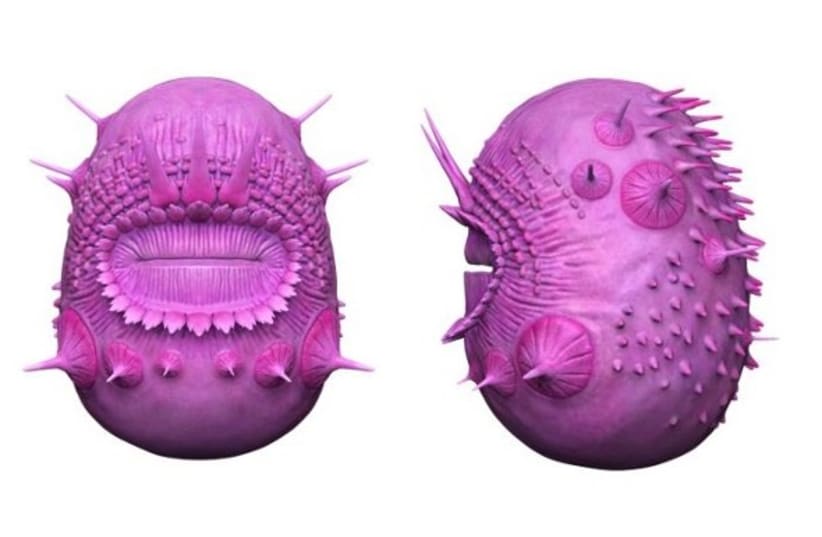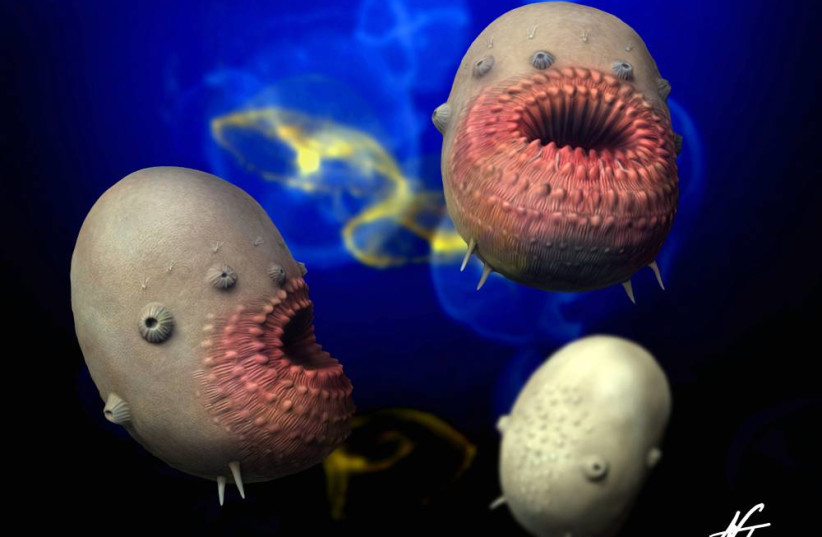The Saccorhytus, a microscopic creature with "a mouth but no anus," has been revealed to not be humanity's oldest ancestor, according to a study by researchers from the University of Bristol.
The peer-reviewed study, published on Wednesday in the science journal Nature, sees the Saccorhytus's holes around its mouth are bases of spines that broke away during the preservation and analyses of fossils that are approximately 500 million years old from China.
The Saccorhytus looks somewhat like a spikey jelly bean with pursed lips and is described by the University of Bristol as "resembling an angry Minion."
How did the study work?
According to the study, the Saccorhytus’ ancestry can be discovered through both the microscopic internal and external features of its tiny fossil. University of Bristol researchers said that a 3D model of a fossil could be reconstructed if hundreds of X-ray images were taken of it.
Palaeobiology Professor Yunhuan Liu from Chang’an University said that "some of the fossils are so perfectly preserved that they look almost alive. Saccorhytus was a curious beast, with a mouth but no anus, and rings of complex spines around its mouth."
"Saccorhytus was a curious beast, with a mouth but no anus, and rings of complex spines around its mouth."
Palaeobiology Professor Yunhuan Liu, Chang’an University
Another one of the researchers, Emily Carlisle, said that they had to use what is called a synchrotron, which is a type of particle accelerator in order to analyze the fossils.
Why do we care?
This development is crucial to our understanding of how life began and developed on Planet Earth. It is quite surprising to see an organism without an anus, but rather only a mouth. Naturally, it begs the question: Where does the digestive waste go?
The answer seems to be quite simple: Back out the mouth, meaning that the organism sort of vomited its excrement. That, in turn, leads to a deeper understanding of how the anus developed.
Scientists concluded, strangely enough, that the Saccorhytus regressed evolutionarily in that it developed into not having an anus. This came along with its reclassification from deuterosome to ecdysozoan.
A deuterosome is a protein structure within such a cell that produces multiple centrioles, which in turn is an organelle that produces cilia during the interphase stage of the cell cycle. Ecdysozoans, on the other hand, is a protostome animal (like insects and such) that performs ecdysis, or the molting of the cuticle.
Researchers accordingly concluded that this little critter could not be humanity's oldest ancestor; in fact, humans could not have descended from that same family tree at all.
"We still don’t know the precise position of Saccorhytus within the tree of life but it may reflect the ancestral condition from which all members of this diverse group evolved," said Shuhai Xiao from Virginia Tech, who co-led the study.

